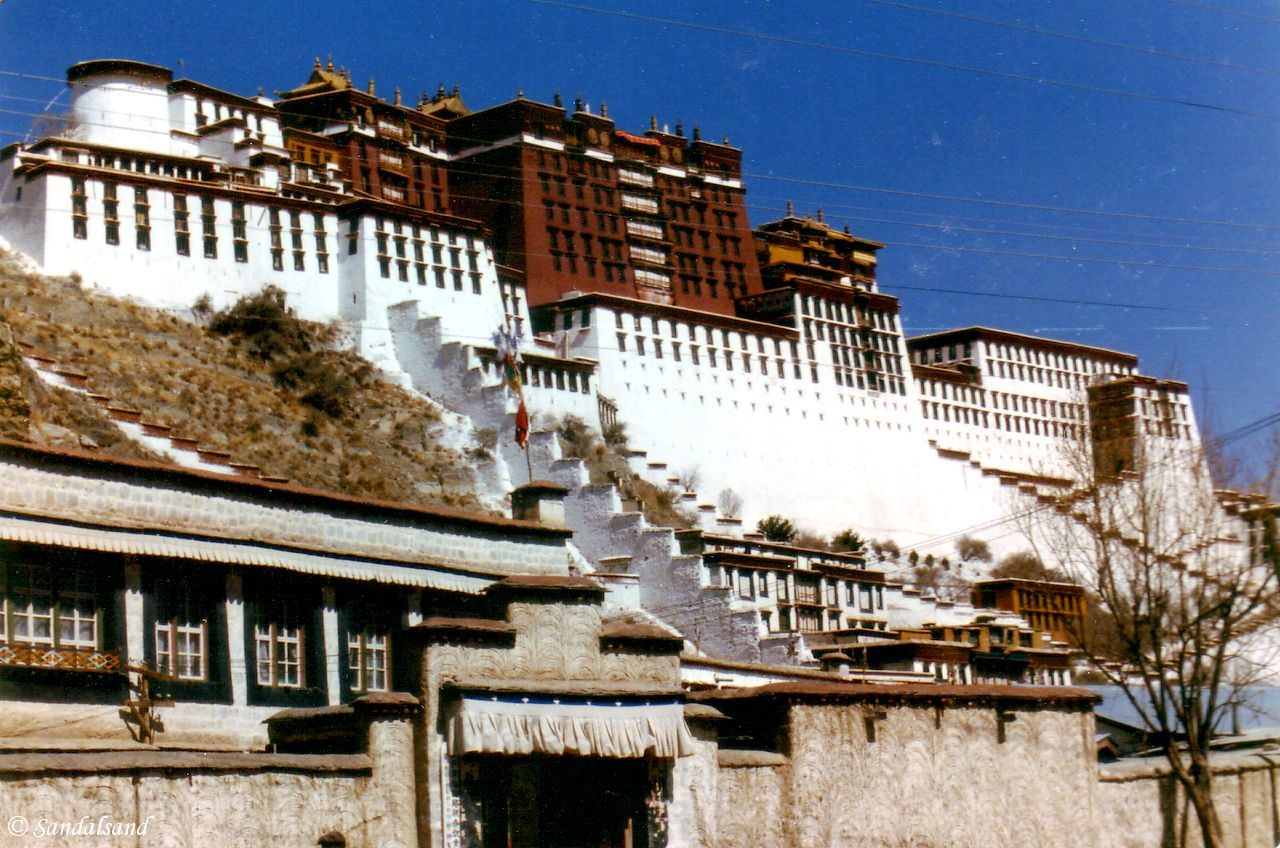It has been a long time since the Dalai Lama was able to command his feudal state from the Potala Palace in Lhasa.
The UNESCO World Heritage List includes over a thousand properties with outstanding universal value. They are all part of the world’s cultural and natural heritage.
Official facts
- Full name of site: Historic Ensemble of the Potala Palace, Lhasa
- Country: China
- Date of Inscription: 1994
- Category: Cultural site
UNESCO’s World Heritage Centre’s short description of site no. 707:
“The Potala Palace, winter palace of the Dalai Lama since the 7th century, symbolizes Tibetan Buddhism and its central role in the traditional administration of Tibet. The complex, comprising the White and Red Palaces with their ancillary buildings, is built on Red Mountain in the centre of Lhasa Valley, at an altitude of 3,700m.
Also founded in the 7th century, the Jokhang Temple Monastery is an exceptional Buddhist religious complex. Norbulingka, the Dalai Lama’s former summer palace, constructed in the 18th century, is a masterpiece of Tibetan art. The beauty and originality of the architecture of these three sites, their rich ornamentation and harmonious integration in a striking landscape, add to their historic and religious interest.”
My visit
I came to Tibet only months after the province opened up for individual travellers. This was back in 1985. I was struck by the remoteness, and the curiosity the locals showed us visitors. We were as strange to them as they were to us. Neither of us took any offence by staring at each other, and more than once they pinched my nose for the fun of it. But what struck me most, was their strong religious feelings.
At the centre of that is of course the Potala Palace both in a religious and – with its location on a high cliff in a flat valley – also geographical sense. The smell of yak was heavy in the narrow corridors inside the palace. It came from the candles.


